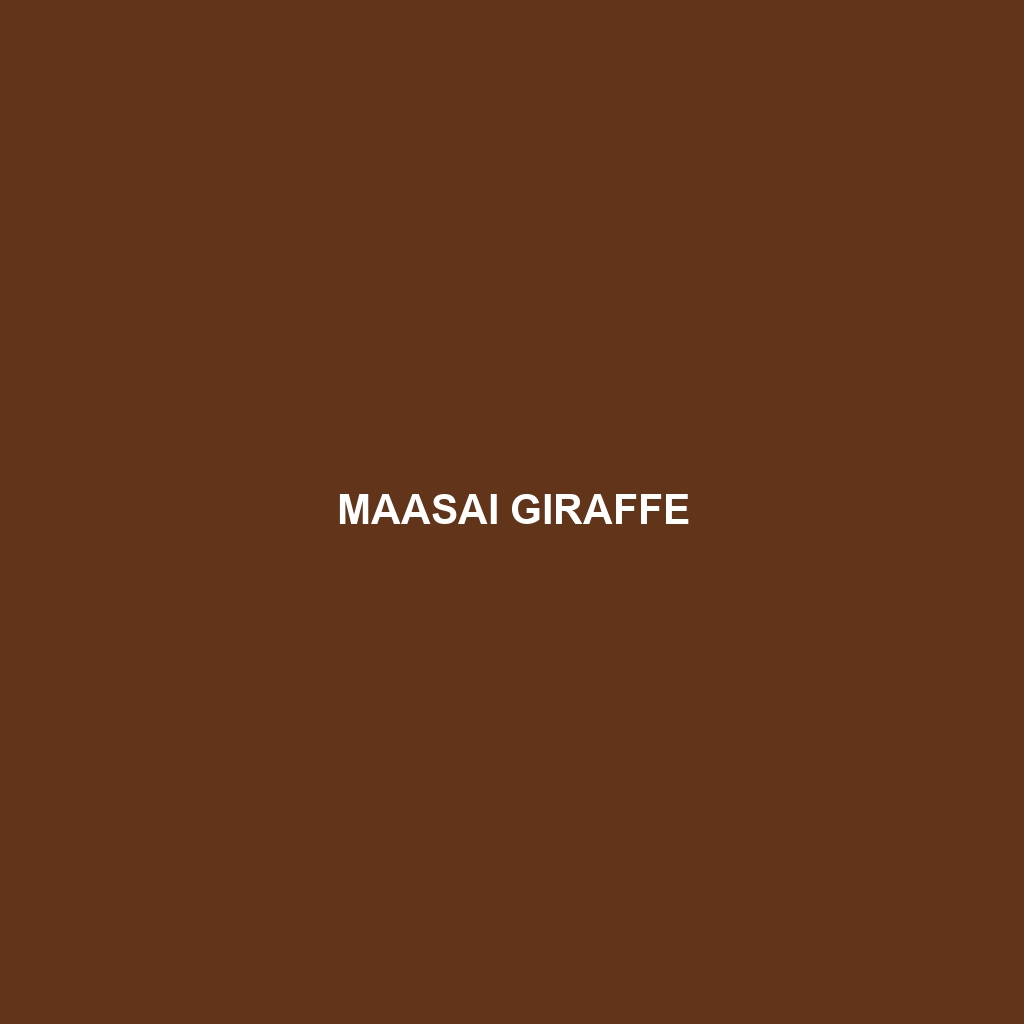Reticulated Giraffe: Overview
Common Name: Reticulated Giraffe
Scientific Name: Giraffa reticulata
Habitat
The Reticulated Giraffe is primarily found in the arid and semi-arid regions of East Africa. This species is commonly located in countries such as Kenya, Somalia, and Tanzania. Their preferred habitats include savannas, grasslands, and open woodlands, where they can easily access tall trees for feeding.
Physical Characteristics
Reticulated Giraffes are known for their striking appearance, characterized by a tall stature that can reach up to 18 feet. Their coats are adorned with a unique pattern of brown patches separated by a network of white lines, which is distinctive to this subspecies. Adult males typically weigh between 2,400 to 3,000 pounds, while females are slightly smaller. Additionally, they possess long legs and a long neck that allows them to browse on high foliage.
Behavior
Reticulated Giraffes are generally social animals, often found in loose herds consisting of females and their young. Males may form bachelor groups. They are known for their calm demeanor and spend a significant portion of their day feeding and ruminating. Their behavior may include necking, a form of combat where males swing their necks and clash heads, which is part of their courtship rituals.
Diet
Reticulated Giraffes are herbivorous and primarily feed on leaves, fruits, and flowers. Their long necks make them well-adapted to reach high into trees for tender acacia leaves, which are a crucial part of their diet. They also consume shrubs and may switch to lower vegetation during dry seasons. This selective feeding helps maintain their health and contributes to ecosystem balance.
Reproduction
The breeding season for Reticulated Giraffes typically occurs year-round, although peaks can be observed during the wet seasons. Gestation lasts about 15 months, after which a single calf is born, standing approximately 6 feet tall. Mothers are responsible for raising their young, teaching them essential survival skills and foraging techniques.
Conservation Status
The Reticulated Giraffe is currently classified as Vulnerable by the International Union for Conservation of Nature (IUCN). Habitat loss, poaching, and human-wildlife conflict have contributed to a decline in their population, making conservation efforts critical for their survival.
Interesting Facts
One fascinating aspect of the Reticulated Giraffe is their unique ability to run at speeds of up to 37 miles per hour despite their tall stature. They also have a specialized cardiovascular system that allows them to maintain blood flow to their brain while bending down to drink.
Role in Ecosystem
As key browsers, Reticulated Giraffes play a vital role in their ecosystem by shaping the landscape through their feeding habits. By consuming leaves from tall trees, they help control vegetation height and promote the growth of a variety of plants, which benefits other herbivores and enhances biodiversity in their habitats.
